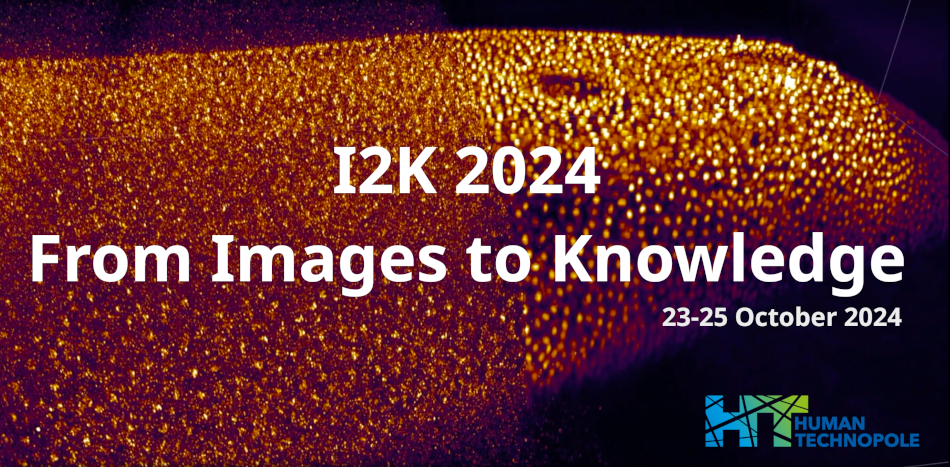Speaker
Description
By integrating multi-omics data into logical graph representations, systems biology aims to model biological interactions to be studied in health and disease. In this project, a multi-layered heterogeneous network was built from data made available in public databases, relating diseases and compounds to the human interactome. Morphological profiles of compound-treated cells were also included in the network, stating the case for phenomic data contributing to network-based drug discovery. Diseases, genes and compounds were linked via documented associations or similarity measurements, and this structural and/or functional closeness within the network was exploited by a random walk with restart algorithm to predict new links in the network. A two-step random walk approach for the discovery of new links was implemented that aims at minimizing time and computational load spent on exploring pathways of lesser interest and/or probability of inferring new links. Four ligands predicted against a currently undruggable receptor related to cancer signaling and pathogen retention were tested in silico and resulted in favorable docking scores.
| Authors | Alba Guembe Mülberger*, Marc Torrent Burgas |
|---|---|
| Keywords | phenomics, multi-omics, network, link inference, morphological profiling |

